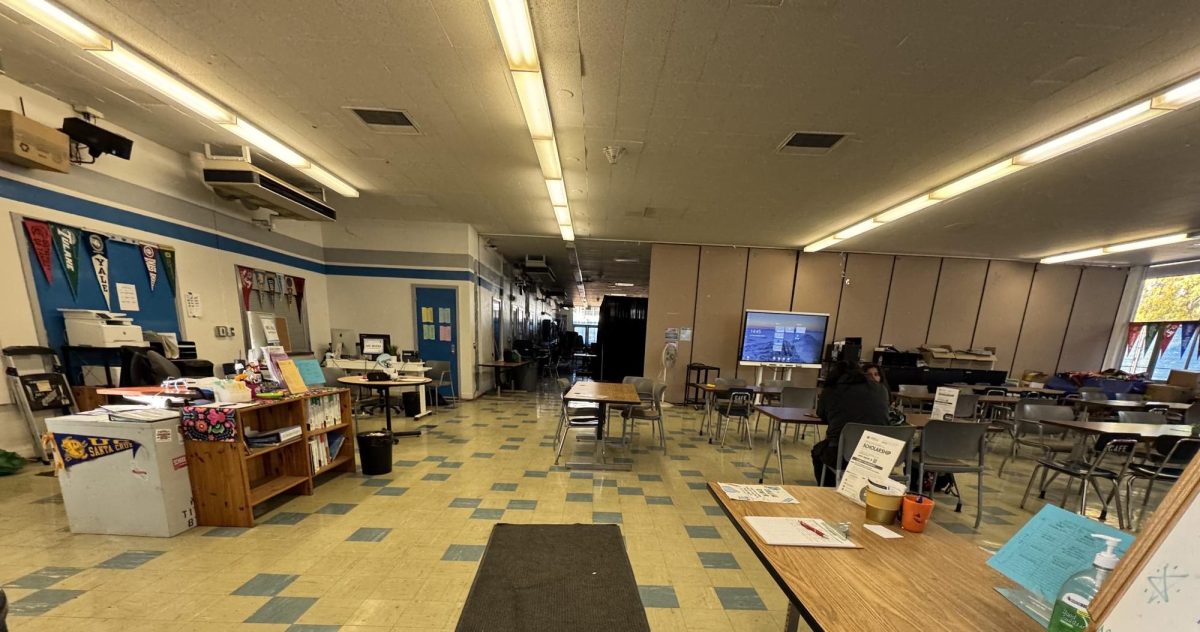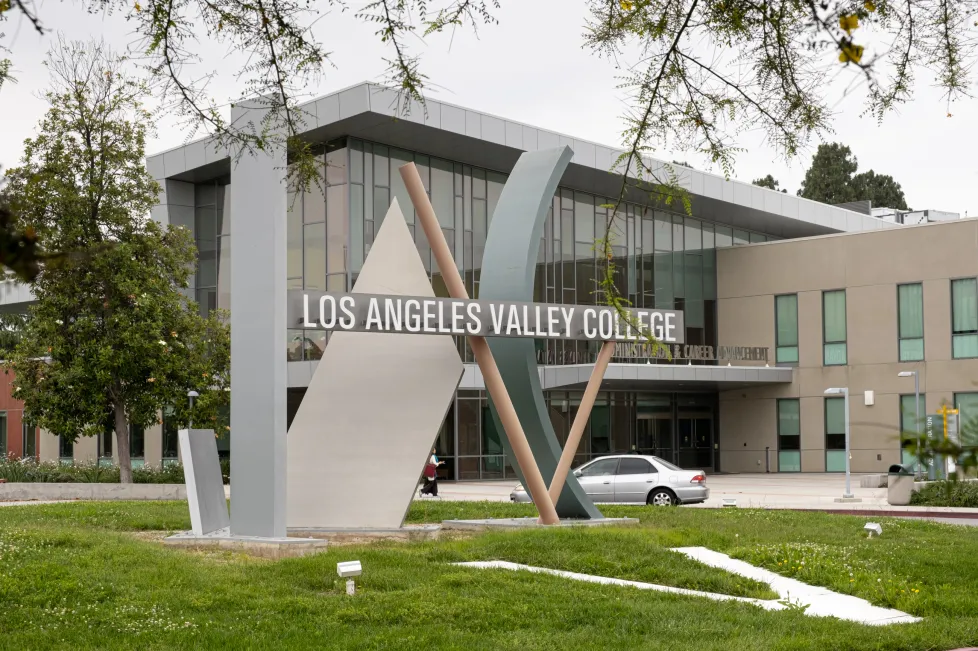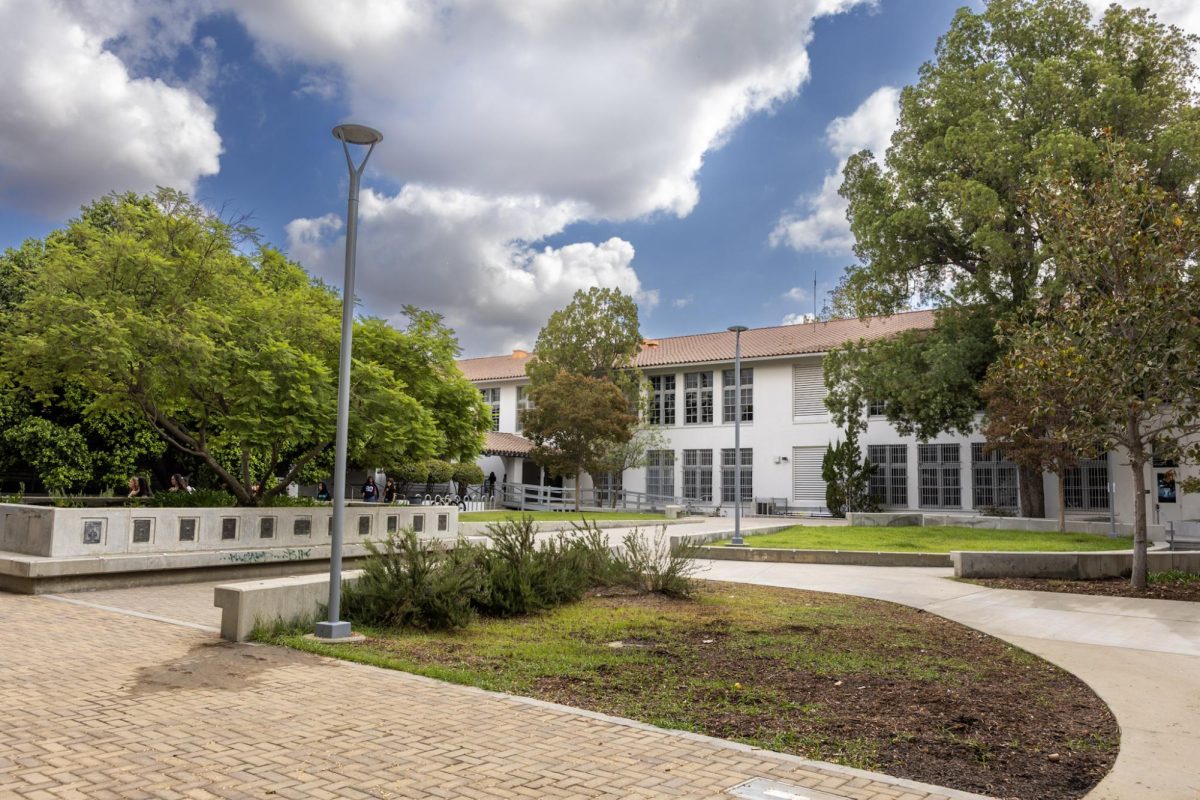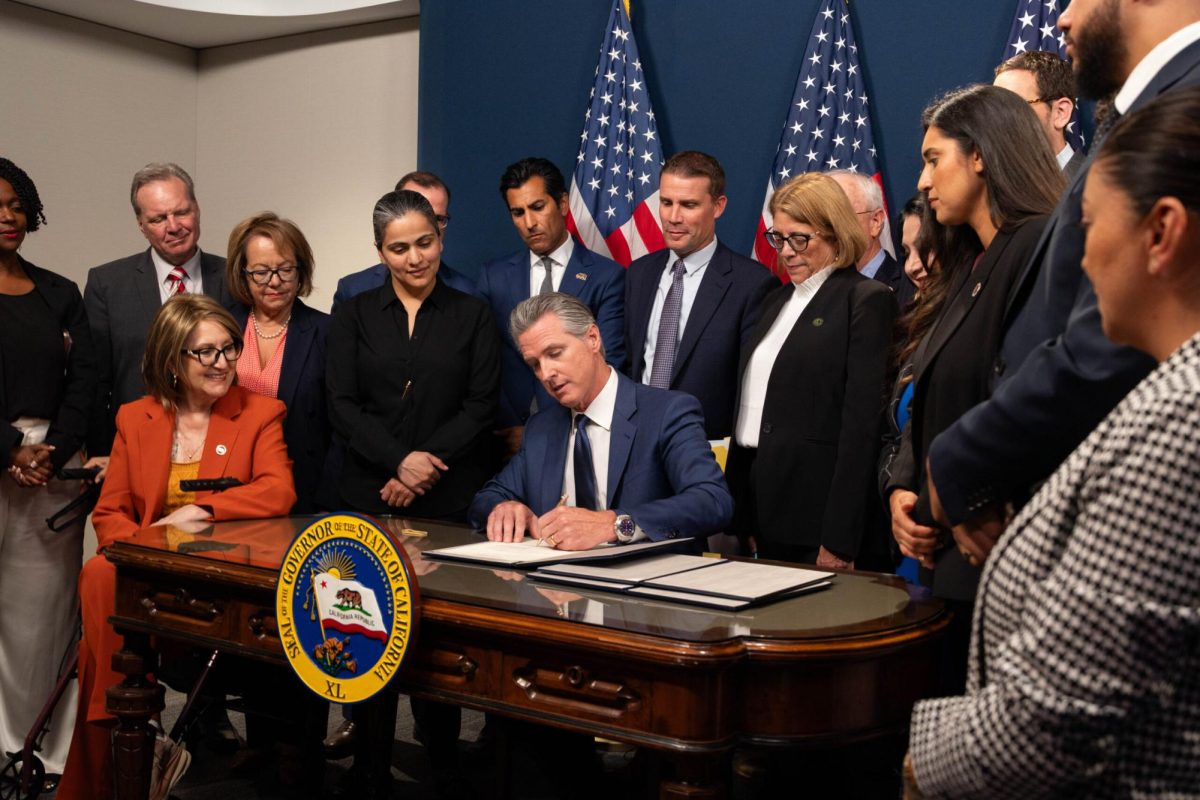In a time when access to education is more crucial than ever, students nationwide are facing an unexpected roadblock with many delays in their pursuit of federal financial aid.
The Free Application for Federal Student Aid, or FAFSA for short, is a government application that uses financial information from current and prospective college students and their families to determine whether they can get financial aid from the federal government to pay for college.
Generally, the FAFSA opens on Oct. 1 each year. However, the FAFSA form for the 2024-2025 academic year became available on Dec. 31, three months later than previous years.
This comes as a result of what the Department of Education calls a “soft launch.” During the soft launch, the Department initiates pauses to the site, during which time the form is not available while they conduct maintenance and monitor site performance.
“It’s like a game of roulette every time I try to log in,” remarks Daniel Lee, an HGM senior. “You never know if the website will be open or closed. It’s frustrating because this is something that could determine my future, and I feel like I have no control over it.”
The new form also comes with much fewer questions than previous years, cutting down from over 100 to just 36 questions. Additionally, those without a Social Security number (SSN), will be able to create a StudentAid.gov account to access and complete the online FAFSA form.

In general, the relaunch of the application is meant to make the process smoother and quicker for students and their families. The Education Department also said the relaunch will increase eligibility for financial aid for low- and middle-income students. In fact, the Department of Education estimates that 610,000 more students will qualify for a Pell grant on an annual basis.
“It’s great that more people can apply and get money to go to college, but the soft launch is terrible because it makes it harder for us to complete the form in time for college deadlines, and may even turn some students away from applying at all,” expresses SAS senior Valeria Ramirez.
What was supposed to be an improved and streamlined process, has presented more challenges to students.
Since the website temporarily closes for periods of time throughout the day to perform “maintenance,” many students are left stranded and unable to access the vital form, leaving them waiting until it opens up again. The form is only available sporadically, for about 30 minutes at a time.
Sarah Garcia, an SAS senior, expressed her frustration, saying, “I’ve been trying to complete my FAFSA for the past week, but every time I attempt to access the website, it’s either down for maintenance or kicks me out mid-application. It’s incredibly frustrating, especially considering the time-sensitive nature of financial aid applications.”
Even for those fortunate enough to gain temporary access to the FAFSA form, their progress is abruptly halted when the website shuts down for maintenance again.
“I finally got into the FAFSA last weekend and spent hours entering my information,” recounts SAS senior Emily Patel. “But just as I was about to submit it, the website suddenly closed for maintenance.”
Other students are already not able to complete the FAFSA form at any time due to personal commitments, so the maintenance closures make the process all the more complicated.
“I work part-time after school, so the only time I have to fill out the FAFSA is on the weekends,” explains Jason Nguyen, a Zoo Magnet senior. “But almost every time when I try to log in, the website is down for maintenance. It’s like they don’t want us to apply. It’s a real challenge to find a window when it’s actually accessible.”
“Colleges need the FAFSA to determine financial aid packages, so it feels like our future is on hold every time the website goes down,” says NoHo Academy senior Kevin Garcia. “We understand maintenance is necessary, but it’s frustrating when it happens so frequently, especially when we’re trying to meet college application deadlines.”
The recurring issues with the FAFSA website not only hinder students’ ability to apply for financial aid promptly but also add unnecessary stress and uncertainty to an already challenging process.
“I had a free period during school and thought it would be a perfect time to work on my FAFSA, but I got hit with the waiting room,” shares Miguel Horacio, an HEA senior. “I ended up not being able to do anything during that time. It’s frustrating when you’re ready to be productive, and you’re just stuck waiting.”
Once students finally submit their application, they are hit with other frustrating news.

Colleges won’t start receiving students’ financial aid data from the FAFSA, until the first half of March – more than a month later than expected.
The delay, announced by the Department of Education Tuesday, is likely to frustrate students who are waiting to hear how much they will receive from colleges before making a decision about where to enroll in the 2024-25 academic year.
Typically, students receive financial aid award letters from schools in March and are expected to commit to a college by May 1. But now that timeline is in jeopardy.
“Knowing how much financial aid you’ll receive is a game-changer when it comes to picking a college,” remarks SAS senior David Rodriguez. “We’re expected to make these decisions, and the delay in aid information just prolongs the waiting game. It’s stressful because time is ticking, and we need to plan our next steps.”
With the new FAFSA data delay announced Tuesday, colleges will have less time than usual to develop financial aid awards or will have to push back their acceptance deadlines.
The holdup comes after the department fixed an error last week in how it calculates families’ incomes. The agency’s new income formula, which was launched in December, didn’t accurately account for inflation.
In the face of these challenges, students and educators are resilient, adapting to unforeseen circumstances and hoping for a swift resolution to the FAFSA website access problems. As the situation unfolds, students are encouraged to monitor the Department of Education’s updates.














